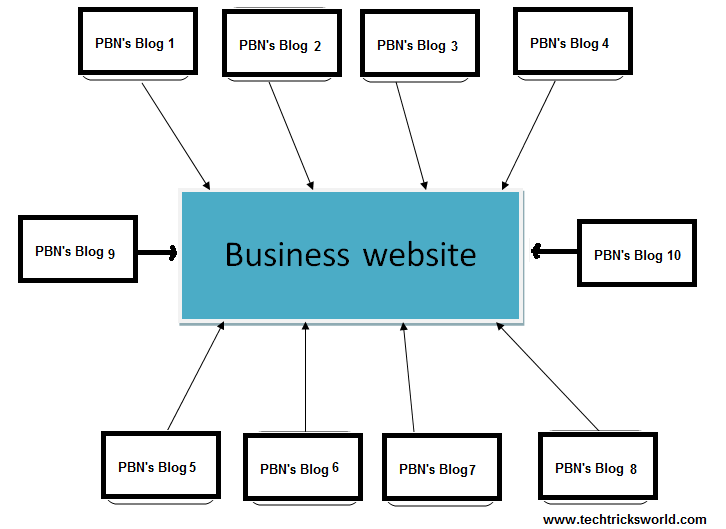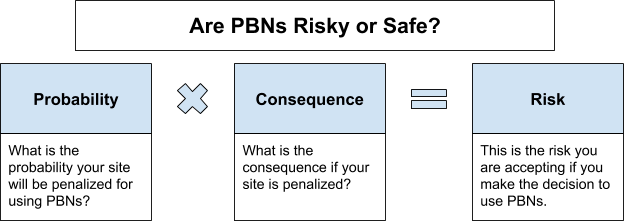All Categories
Featured
Table of Contents
- – Top Seo With Semantic Search Dealer Near Me
- – What Do Semantic Search Optimization Services ...
- – Who Is The Leading Semantic Seo Strategies Co...
- – What Is A Good Price For A Seo With Semantic ...
- – Who Is The Premier Semantic Seo Ranking Fact...
- – What Is The Most Reliable Semantic Seo Optim...
- – Which Is The Top Optimizing For Search Intent
The internet is transforming, coming to be increasingly more semantic. SEO is likewise changing and coming to be more semantic. This is because internet search engine have actually evolved and are relocating a growing number of in the direction of reading material on the internet. Of program, that has actually likewise altered the way we develop web content, particularly if we intend to rank better in the internet search engine.
Intertwingularity is not generally recognized, individuals keep pretending they can make points deeply ordered, categorizable and consecutive when they can't. Based on the partnerships between search intentions, the search engine chooses a content in placing by determining the distance in between the vectors of significance.
It allows you to see, beginning with a subject, all the entities that are associated to that subject. In this manner you can clearly see which entities/concepts/ideas have actually currently been covered on your website, and you can uncover new chances by understanding what content you can include and how to develop it.
Top Seo With Semantic Search Dealer Near Me
It has the ability to make your web content understandable for online search engine on the one hand and for your audience on the various other. Structuring your content version highlights your material and its hidden relationships to ensure that search engines can acknowledge you amongst numerous pieces of information, making you a lot more visible to customers that fulfill the search intent pertaining to your company.
In semantic SEO copywriting, an editor begins with a wider variety of subjects and customizes the web content to consist of semantically appropriate terms and phrases that help visitors comprehend a topic, similar to reading material in a wiki. From a material writing viewpoint, one useful way to do this is to create a vocabulary of terms and inquiries bordering your target subject.
What Do Semantic Search Optimization Services Include?
Discover more about by enjoying the by!.

Semantic search describes the procedure of exactly how online search engine recognize and match search phrases to a searcher's intent in organic search results page. Prior to semantic search, online search engine like Google ran like matchmakersaligning certain words in your query with those exact words on pages. The outcomes were uncomplicated but commonly lacked deepness.
Who Is The Leading Semantic Seo Strategies Company
It enables Google to supply fast, exact response to look questions concerning real-world subjects. When you kind an inquiry word right into Google, you're not just going into a sequence of words. You tap into a complex internet of definitions and links. Google's Expertise Graph sees these words as entities with context and relationships.
When you look for "Apple," Google doesn't just see a word that explains a fruit. It identifies Apple as a business and can supply relevant information. Like the name of its CEO, Tim Chef, or its newest supply prices. Google revealed the Hummingbird upgrade in 2013. It was Google's answer to the rise of voice searches, where inquiries came to be much more conversational and nuanced.
What Is A Good Price For A Seo With Semantic Search?
By incorporating NLP, Hummingbird enabled Google to relocate beyond plain keyword matching. It aided the online search engine comprehend search intent, boosting the chances that results would precisely match the reason behind an individual's search. As the 3rd crucial ranking variable after content and web links, RankBrain has actually boosted Google's semantic search capacities to understand the definition of search questions.
Making it extra reliable at managing never-before-seen search questions. RankBrain takes into consideration more than just keyword phrases when assessing a search question.
It brings outcomes that match the key phrases and straighten with the general intent of supplying puppy training recommendations. And if the user often looks for dog-related web content, Google may prioritize extra thorough training guidesrecognizing the user's recurring rate of interest in the subject. Integrating innovations like the Understanding Chart, Hummingbird, and RankBrain, semantic search aids the Google formula translate and link information across a large web of details.
Who Is The Premier Semantic Seo Ranking Factors Manufacturer
The focus shifts from keyword selection to an all natural method incorporating user intent, topical significance, and total user experience. Developing web content that deals with the searcher's demands with extensive information can improve your SERP positions. Below, we detail the patterns and methods that consolidate the need for semantically informed web content. Later, we give actionable pointers to turn these insights into best techniques.
A more comprehensive strategy to content aligns better with semantic search's change away from exact key words matching and towards individual intent. Web content that covers search inquiries extra extensively not only satisfies individuals.
UX intends to produce an aesthetically appealing, straightforward user interface with interesting, high quality web content that urges site visitors to stay. Semantic search technology makes it possible for search engines to aim for outcomes that provide the finest feasible UX.
What Is The Most Reliable Semantic Seo Optimization Tools Brand

All display Google's ability to resolve a subject query comprehensively. By understanding the context and intent behind user inquiries, internet search engine can deliver a lot more relevant info and potentially raise individual interaction. Personalization in search engine result makes for much better UX.Based on your past search background and choices as a user, semantic search aids online search engine customize the outcomes to match your unique demands and interests.
It fetches outcomes that match the key words and straighten with the general intent of giving young puppy training recommendations. And if the individual regularly searches for dog-related content, Google may focus on much more detailed training guidesrecognizing the user's ongoing rate of interest in the subject. Incorporating innovations like the Understanding Chart, Hummingbird, and RankBrain, semantic search helps the Google formula translate and link data throughout a vast internet of info.
Which Is The Top Optimizing For Search Intent
The emphasis shifts from keyword selection to a holistic approach encompassing individual intent, topical relevance, and overall customer experience. Creating web content that resolves the searcher's demands with comprehensive details can improve your SERP positions. Below, we lay out the trends and practices that settle the requirement for semantically notified material. Later, we give actionable pointers to turn these insights right into best techniques.

And type of content can best please their demands. A broader strategy to material aligns better with semantic search's change away from exact key words matching and toward customer intent. Which describes the increased focus on topic clusters, instead of individual key words. Material that covers search inquiries a lot more thoroughly not only satisfies customers.
UX aims to develop a visually enticing, straightforward interface with interesting, high quality material that motivates site visitors to stay. Semantic search technology makes it possible for search engines to intend for outcomes that supply the finest possible UX.
All display Google's capacity to attend to a subject question thoroughly. By comprehending the context and intent behind customer questions, internet search engine can deliver much more pertinent information and possibly raise individual interaction. Personalization in search results makes for better UX.Based on your past search background and preferences as an individual, semantic search assists online search engine customize the results to fit your special demands and passions.
Table of Contents
- – Top Seo With Semantic Search Dealer Near Me
- – What Do Semantic Search Optimization Services ...
- – Who Is The Leading Semantic Seo Strategies Co...
- – What Is A Good Price For A Seo With Semantic ...
- – Who Is The Premier Semantic Seo Ranking Fact...
- – What Is The Most Reliable Semantic Seo Optim...
- – Which Is The Top Optimizing For Search Intent
Latest Posts
Who Is The Most Trusted Semantic Seo Guide Provider In My Area
What Are The Most Recommended Semantic Seo Framework
What Does Semantic Seo Examples Cost?
More
Latest Posts
Who Is The Most Trusted Semantic Seo Guide Provider In My Area
What Are The Most Recommended Semantic Seo Framework
What Does Semantic Seo Examples Cost?